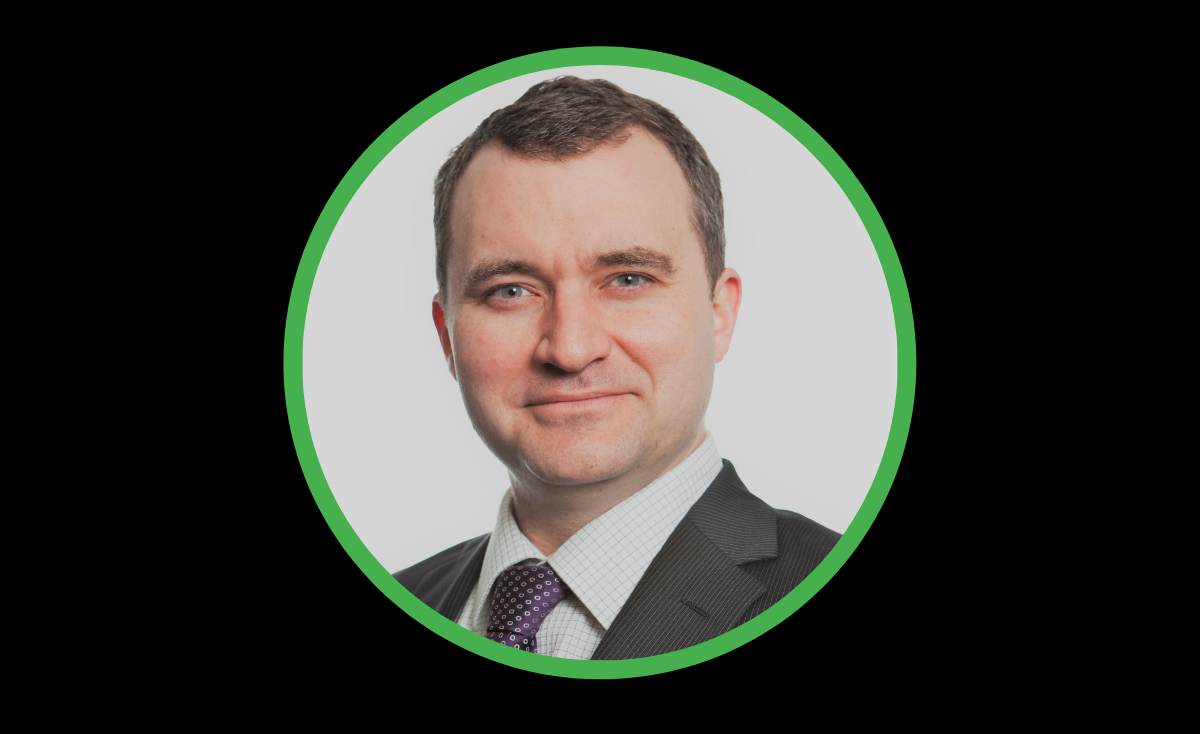How fund operators can compare several best of breed solutions with all-in-one systems
Stuart Gunderson, Chief Operating Officer at Seilern Investment Management, explores the business case between many top class solutions versus simplified, all-in-one approaches
Sara Benwell POSTED ON 5/18/2022 2:50:25 PM

Stuart Gunderson is speaking at the Fund Operator Summit Europe 2022, to see the agenda or book your place now visit our events website
Sara Benwell: What are some of the advantages of having several best of breed solutions?
Stuart Gunderson: As the name suggests, this allows the firm to choose the best of breed platform or technology that provides solutions for each individual task or area.
From my experience, I believe that this is more frequently used by larger firms that often have multiple strategies/products/channels and may also look to leverage this for future growth/expansion.
This deployment means that new software solutions will be added to the existing IT infrastructure with the associated integration links to existing platforms. IT deployments like these make it easier for management to amend, remove, or consolidate as and when required.
These solutions generally offer highly rated results that can cope with advanced requirements, but on the flipside may offer too much functionality that may not be required by smaller or more vanilla structured firms and may be cost prohibitive.
“Costs can be significant for these products but generally these come with continual robust development and deployment of future iterations of the platform”
The nature of these platforms is to provide a specific solution thus ensuring maximum benefit to the firms that deploy them.
More often than not, staff that work at these bespoke solution providers will have in-depth knowledge in supporting the firm and the users and assist them with achieving their goals and advancing their understanding.
As mentioned, costs can be significant for these products but generally these come with continual robust development and deployment of future iterations of the platform in order to cope with industry and regulatory developments.
Sara: On the other hand, what are some of the benefits and disadvantages of all-in-one systems?
Stuart: Investing in an integrated all in one solution will provide a firm with multiple services and products, all from the same provider.
Within this there may be multiple services, including consulting and some are core to the business with additional ancillary services to help provide firms with a one stop shop for IT solutions. These can come as a fixed package for full service or paying for individual modules of the platform.
“Firms only need to make a single deployment or purchase to streamline multiple areas of the business”
These solutions are generally designed to cover most of the needs, so firms only need to make a single deployment or purchase to streamline multiple areas of the business. The roll out time for these is generally reduced for this reason.
Many smaller or plain vanilla firms with less resourcing may make the decision to proceed on this basis due to the reasons noted above.
Sara: How can asset managers decide which approach is best suited for them and what are some of the risks that firms should be aware of?
Stuart: This really depends on the pros and cons outlined above along with cost and staffing (both for deployment and ongoing).
“Longevity of IT firm, ownership and business innovation should be looked at.”
The company’s current financial state and the existing workloads of the IT staff are also some of the major factors that need to be acknowledged while making the decision.
Beyond that longevity of IT firm, ownership and business innovation should be looked at.
Stuart Gunderson is speaking at the Fund Operator Summit Europe 2022, to see the agenda or book your place now visit our events website
Please Sign In or Register to leave a Comment.
SUBSCRIBE
Get the recent popular stories straight into your inbox







